JACKSONVILLE, Fla. — Become a First Alert neighborhood weather “reporter”:
:quality(70)/cloudfront-us-east-1.images.arcpublishing.com/cmg/Y77Y5DTEBJDKDM7252Y7QRYVQQ.png)
Our (Jacksonville) consecutive months with at least one 80-degree day per month has continued into Feb. with 81 & 80 degrees respectively Feb. 11 & 12. That makes it an astounding & unprecedented 8 years & 1 month straight with an 80 degree day per month.
NOAA has issued a La Nina WATCH. This is right on the heals of our ongoing strong El Nino - a warming of the equatorial Pacific. A La Nina is the opposite - cooling of the equatorial Pacific. It is not uncommon to see a La Nina after a strong El Nino - it’s sort of Mother Nature’s way of trying to balance things out (a common aspect of our atmosphere). For the moment... the El Nino is expected to collapse rather abruptly through spring followed by a brief neutral state then the potential La Nina. The upshot is a wet weather pattern for Jacksonville into early spring with some help from the El Nino that could dry out rather dramatically by mid spring. The concern with a La Nina during the summer into fall is that active hurricane seasons often occur during a La Nina due to lower wind shear across the Atlantic Basin. Adding to the concern is the continued warmer than average sea surface temps. across much of the Atlantic.
The El Nino - warmer than avg. equatorial Pacific temps. - continues for now:

Forecast models indciat the potential for a La Nina developing during the summer:
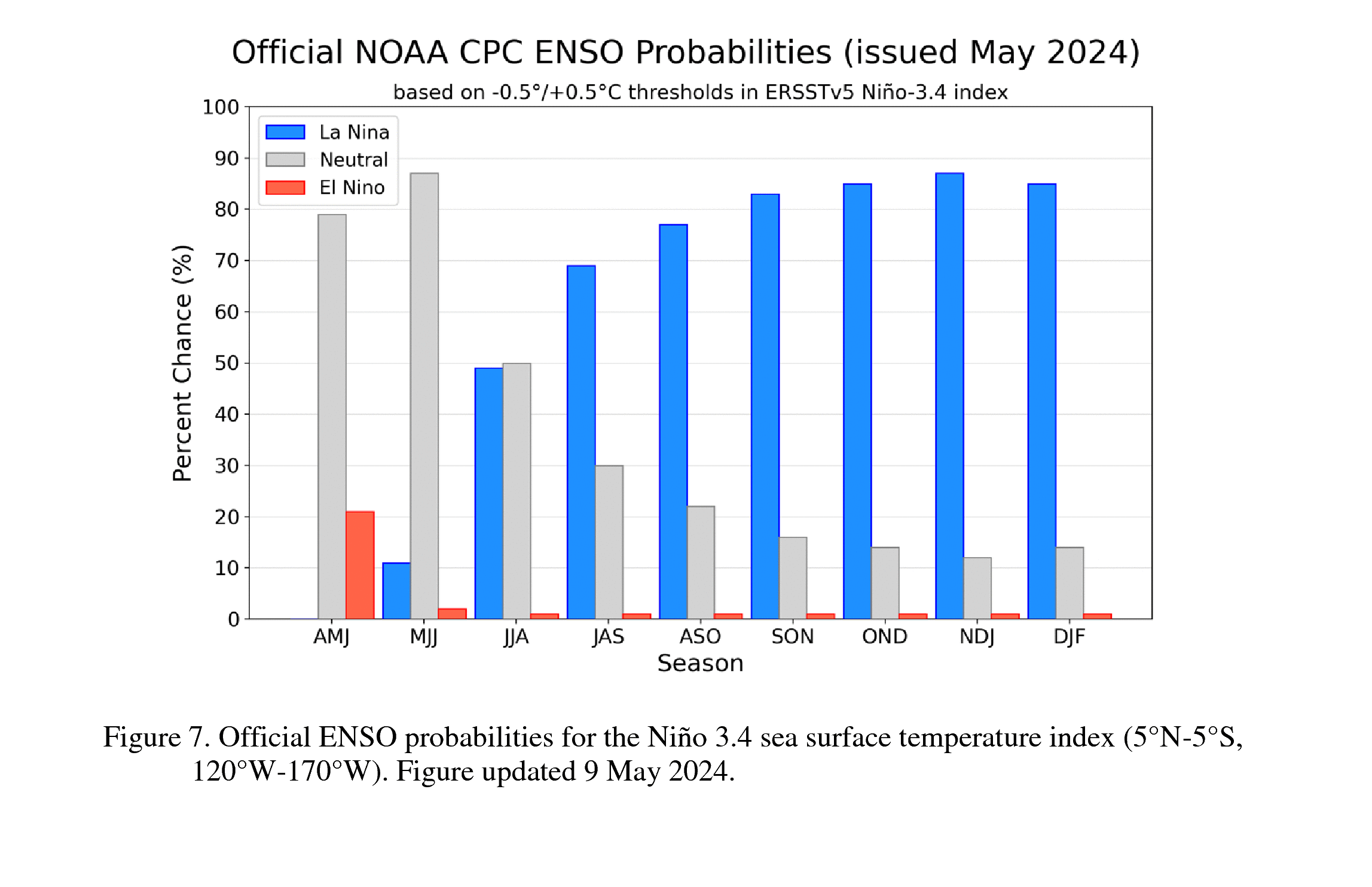
Model precipitation forecast for the peak of the hurricane season shows above avg. rainfall across much of the tropical Atlantic, the Caribbean, Gulf of Mexico nosing northward into Florida - a possible indicator of a more active tropical cyclone pattern.
Speaking of hurricanes... the National Hurricane Center will be making some changes to the forecast cone effective in about mid August (it takes a while for gov’t agencies to implement such things). While it’s subtle, it’s important, & I’m in full favor. For any forecast landfalling tropical storms or hurricanes, watches & warnings will be overlayed on the cone. The point is to try to help folks understand that the impacts & dangers from a tropical cyclone extend far from the center & often well outside of the cone. This has been a dilemma for years. In the past I’ve gone so far as to take the cone off my forecast graphics &/or have shown the wind field over the forecast cone.
Still on the topic of hurricanes... the NHC has issued its storm summary (tropical cyclone report) on hurricane Idalia, the only U.S. landfalling hurricane of the 2023 Atlantic season. The estimated landfall of intensity of Cat. 3 was maintained despite no measured surface winds that confirmed such. A well-timed eyewall replacement cycle just before landfall likely caused a good deal of degradation of the once powerful (Cat. 4) & distinct eye. In any case, Jacksonville had only fringe effects while Lake City, Fl to Waycross, Ga. did have strong winds, heavy rain & power outages. 3 tornadoes were confirmed in Glynn Co., Ga.
Have you noticed more daylight? Jacksonville is now gaining 1-2 min. of daylight daily as the sun’s angle increases now that we’re into late winter with spring just around the corner. The sun’s angle overhead increases dramatically by the spring equinox & especially the summer solstice:
Night skies through Feb. (Sky & Telescope):
Feb. 14 (dusk): Waxing crescent Moon is 4° to the right of Jupiter. The gap shrinks as they sink toward the western horizon.
Feb. 16 (dusk): The first-quarter Moon is 3½° left of Alcyone, the brightest star in the Pleiades star cluster.
Feb. 20 (dusk): The waxing gibbous Moon is 1½° to the lower right of Pollux in Gemini.
Feb. 22 (dawn): Venus and Mars are just ½° apart very low in the east-southeast before sunrise. You’ll need a clear view toward the horizon and binoculars to take in this sight.
Feb. 23 (dusk): The almost-full Moon is less than 3° to the left of Regulus in Leo.
Feb. 28 (dawn): The waning gibbous Moon is 1½° right of Spica in Virgo.
Moon Phases
New Moon Feb. 9 5:59 p.m. EST
First Quarter Feb. 16 10:01 a.m. EST
Full Moon Feb. 24 7:30 a.m. EST (Snow Moon)
:quality(70)/cloudfront-us-east-1.images.arcpublishing.com/cmg/4BY52YP3URHB3CBG6342FEUNGQ.jpg)

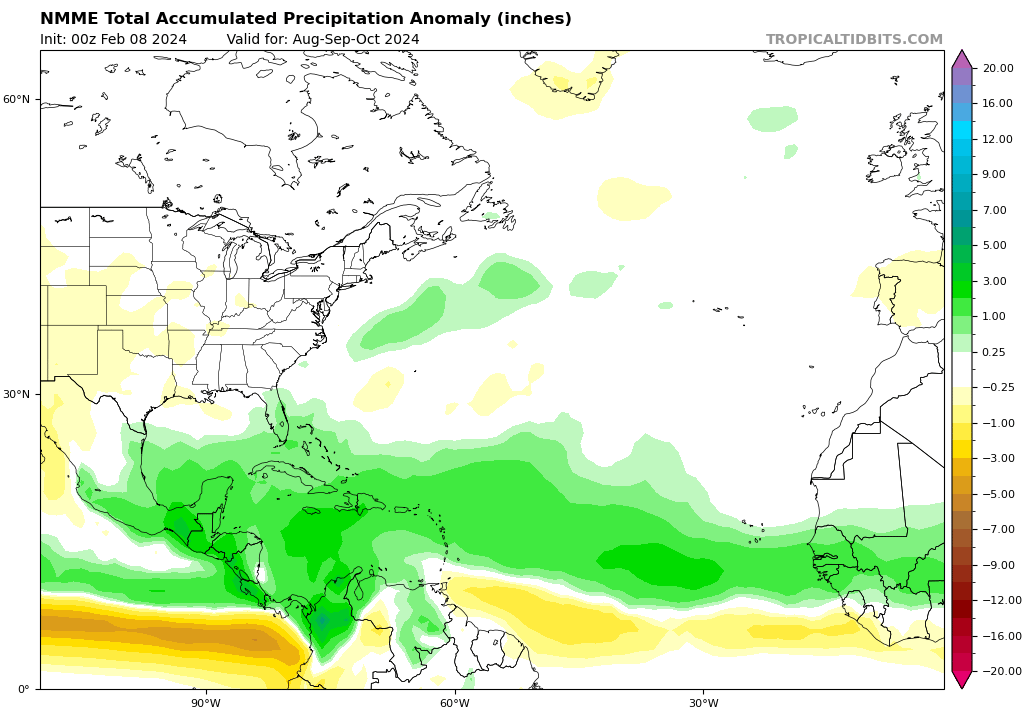





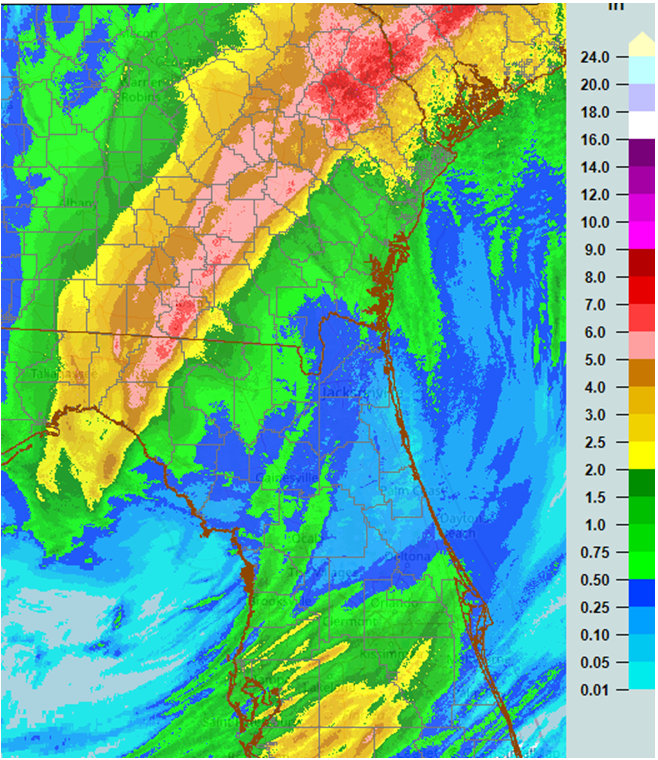
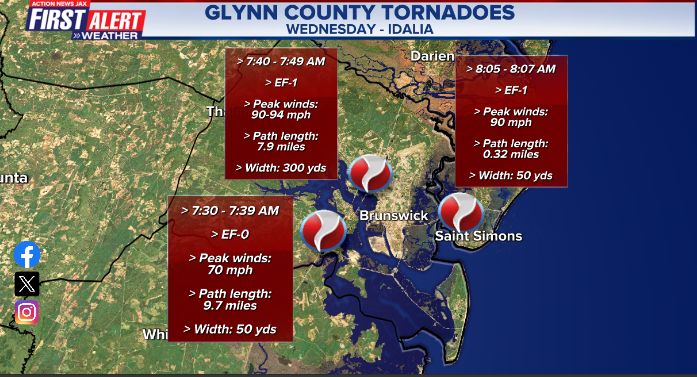
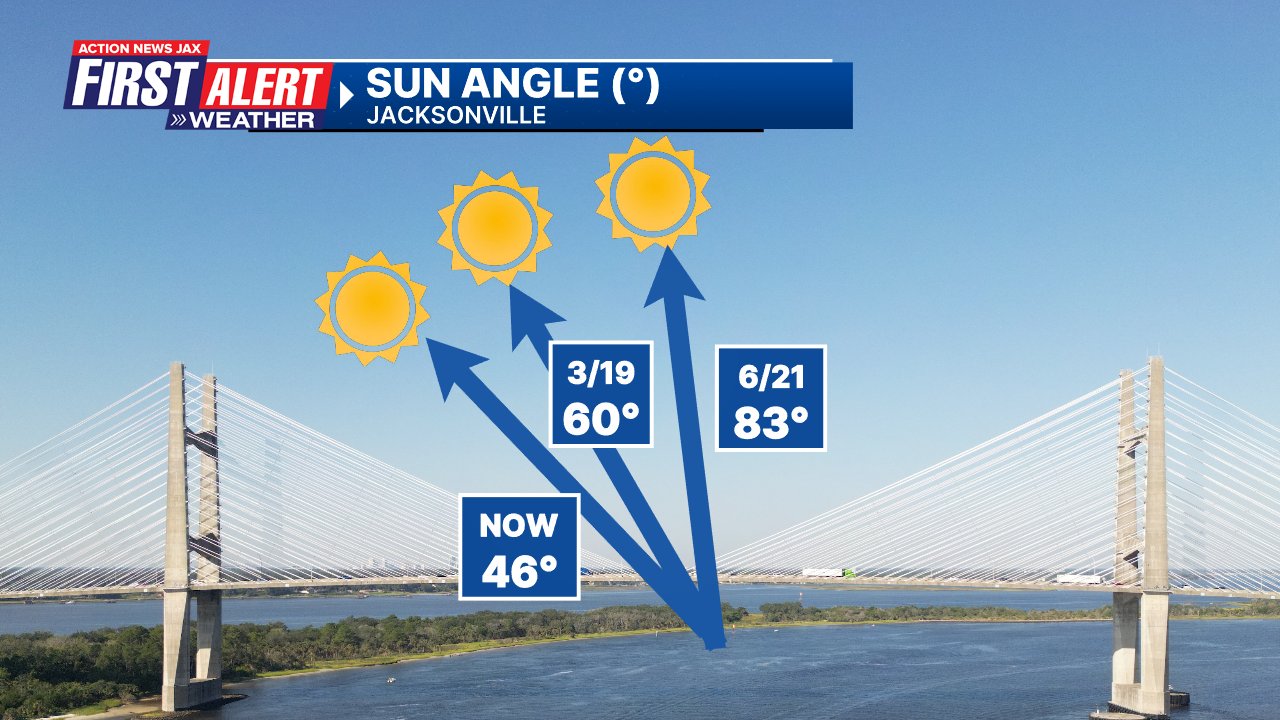
:quality(70)/d1hfln2sfez66z.cloudfront.net/10-30-2024/t_96f5c4f8145b481cbd3b05c492b5e5c2_name_file_960x540_1200_v3_1_.jpg)
:quality(70)/d1hfln2sfez66z.cloudfront.net/10-31-2024/t_62a37f939b3546eda3668cefb692ca57_name_file_960x540_1200_v3_1_.jpg)
:quality(70)/cloudfront-us-east-1.images.arcpublishing.com/cmg/OA5VFVKXALI3DDBN7YA7WH6CTE.jpg)
:quality(70)/d1hfln2sfez66z.cloudfront.net/10-29-2024/t_6ce0634dedad485e82a675be5f74182a_name_file_960x540_1200_v3_1_.jpg)
:quality(70)/cloudfront-us-east-1.images.arcpublishing.com/cmg/4I2M364RDZBFFCI2SQXEYX6UWM.jpg)